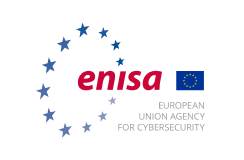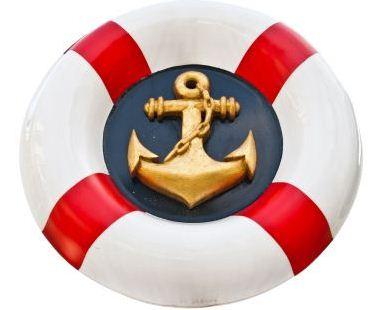ENISA has published the first EU report ever on cyber security challenges in the Maritime Sector. This principal analysis highlights essential key insights, as well as existing initiatives, as a baseline for cyber security. Finally, high-level recommendations are given for addressing these risks.
Cyber threats are a growing menace, spreading to all industry sectors that are relying on ICT systems. Recent deliberate disruptions of critical automation systems, such as Stuxnet, prove that cyber-attacks have a significant impact on critical infrastructures. Disruption of these ICT capabilities may have disastrous consequences for the EU Member States’ governments and social wellbeing. The need to ensure ICT robustness against cyber-attacks is thus a key challenge at national and pan-European level.
Some key findings of the report;
- Maritime cyber security awareness is currently low, to non-existent. Member States are thus highly recommended to undertake targeted maritime sector awareness raising campaigns and cyber security training of shipping companies, port authorities, national cyber security offices, etc.
- Due to the high ICT complexity, it is major challenge to ensure adequate maritime cyber security. A common strategy and development of good practices for the technology development and implementation of ICT systems would therefore ensure “security by design” for all critical maritime ICT components.
- As current maritime regulations and policies consider only physical aspects of security and safety, policy makers should add cyber security aspects to them.
- We strongly recommend a holistic, risk-based approach; assessment of maritime specific cyber risks, as well as identification of all critical assets within this sector.
- As maritime governance is fragmented between different levels (i.e. international, European, national), the International Maritime Organisation together with the EU Commission and the Member States should align international and EU policies in this sector.
- Better information exchange and statistics on cyber security can help insurers to improve their actuarial models, reduce own risks, and thus offering better contractual insurance conditions for the maritime sector. Information exchange platforms, such as CPNI.NL, should be also considered and by Member States to better communications.
The Executive Director of ENISA, Professor Udo Helmbrecht comments;
“This report positions maritime cyber security as a logical and crucial next step in the global protection efforts of ICT infrastructure.”
Maritime figures
• 90% of the EU’s external trade and more than 40% of the internal trade take place via maritime routes.
Consequently, securing the maritime sector’s critical infrastructure and the movement of vital goods, e.g. food and health supplies, is a priority area for Europe.
For full report
For interviews: Ulf Bergstrom, Spokesman, ENISA, [email protected], Mobile: + 30 6948 460 143 or Wouter Vlegels, Expert, wouter.vlegels Q enisa.europa.eu

